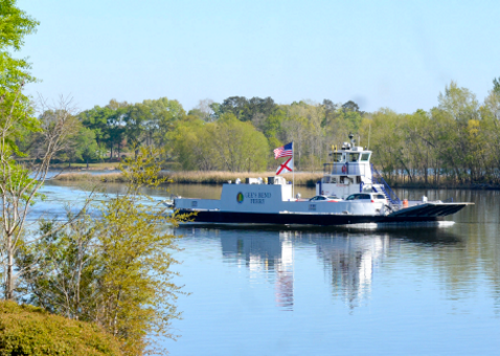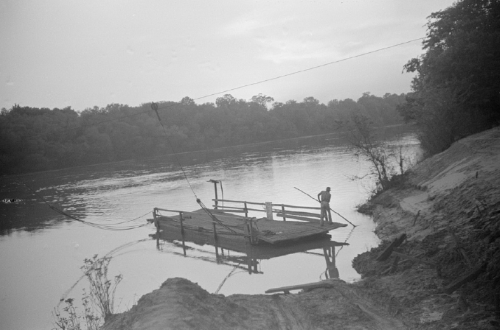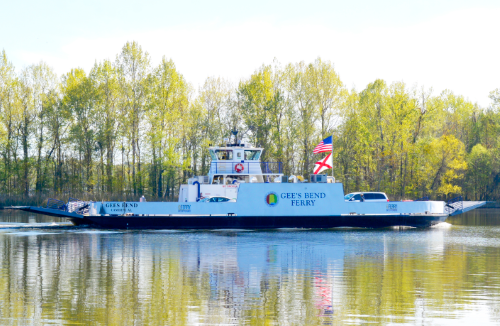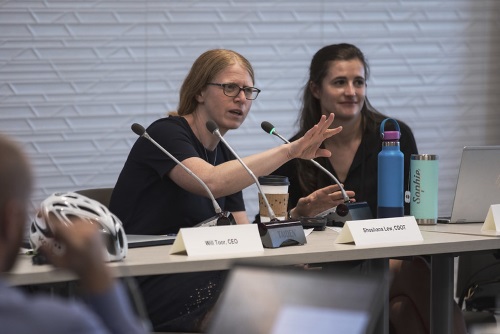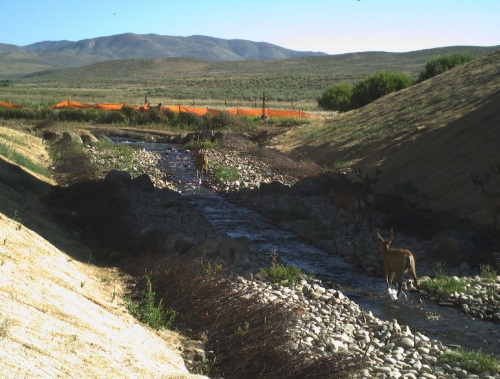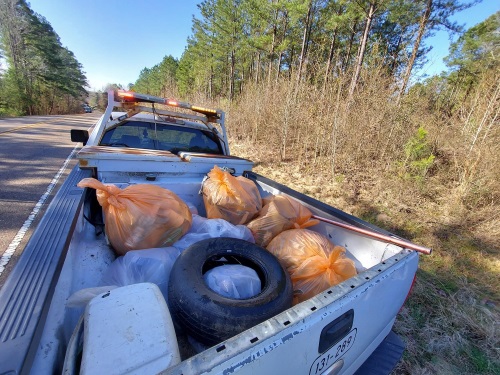FEDERAL ACTION
Rep. DeFazio: “We have to do a reauthorization by October 1.” – AASHTO Journal
House GOP Planning Climate Package to Counter Democrats – Bloomberg Green
Biden Plan Spurs Fight Over What ‘Infrastructure’ Really Means – New York Times
US Senators Introduce Carbon Capture, Sequestration Bill – Transport Topics
Retreat from coastlines? Politicians don’t want to talk about it. – Grist
COVID-19
Planners grapple with pandemic’s mystery impacts on population boom and traffic – Reporter Newspapers
More Cars on the Road as COVID Restrictions Lift Leads to Worsening Air Quality – KNBC-TV Video
What We Learned After Analyzing 5 Months of Active Mobility Responses to COVID-19 – TheCityFix (Commentary)
INFRASTRUCTURE RESILIENCE AND SUSTAINABILITY
Managing the Transition to Electric Vehicles – AASHTO Journal
W.Va. congressional delegation, environmentalists at odds over Biden jobs and infrastructure plan – Herald-Dispatch
Ohio plans $2B in infrastructure investments; officials to discuss local projects today – Cincinnati Enquirer
Nevada bridges ranked among the country’s best by national survey – KVVU-TV
State’s new drone fleet to help with investigations, inspections – Jackson Hole News & Guide
How to move from a wish list to a national plan in adapting America’s infrastructure – Thomson Reuters Foundation (Opinion)
AIR QUALITY
McKee under pressure over RI climate bill requiring net-zero emissions by 2050 – WPRI-TV
Decreasing Your Carbon Footprint Through Abandoned Farmland Restoration – Forbes
New Army of LG Robots Eye Air Pollution – CDOTrends
ENVIRONMENTAL JUSTICE
Transportation Secretary Pete Buttigieg says ‘there is racism physically built’ into America’s infrastructure – The Hill
EPA reverses Trump stance in push to tackle environmental racism – The Guardian
NATURAL RESOURCES
ITD Shares Award for Eco-Friendly Bridge Work – AASHTO Journal
USDA and Partners Work to Identify Best Management Practices for Wildlife Repellents at Airports – State Aviation Journal
Bill to improve water quality for tribes passes committee – Curry Coastal Pilot
Investors worth $105 billion join the call for lasting protection for Bristol Bay from Pebble Mine – Earthworks (Blog)
HEALTH AND HUMAN ENVIRONMENT/ACTIVE TRANSPORTATION
Suggested changes to Reagan National Airport noise study to be released – WTOP Radio
Micromobility is thriving in the new safety economy – GreenBiz
City of Tyler starts installing 36 miles of bicycle lanes – Tyler Morning Telegraph
Transportation leaders: Pedestrian safety bills could have unintended consequences – WFTS-TV
Lower Saucon mapping walking, biking plan with input from residents – Morning Call
TRB RESOURCES/ANNOUNCEMENTS
TRB Webinar: Navigating Environmental Compliance for Public-Private Partnerships – TRB
Progress, Challenges, and Opportunities for Sustainability Science: Proceedings of a Workshop – in Brief (2021) – National Academies
Clearing the Skies with Research on Electric Vehicles – TRB
What can be done now to move us toward a more sustainable and prosperous future for all? – Nobel Prize Summit (Announcement)
FEDERAL REGISTER NOTICES
National Environmental Education Advisory Council – EPA (Request for nominations)
Pipeline Safety: Pipeline Leak Detection, Leak Repair, and Methane Emission Reductions Public Meeting – Pipeline and Hazardous Materials Safety Administration (Notice)
Takes of Marine Mammals Incidental to Specified Activities; Taking Marine Mammals Incidental to Portsmouth Naval Shipyard Dry Dock 1 Modification and Expansion – NOAA (Notice; proposed incidental harassment authorization; request for comments on proposed authorization and possible renewal)
Meeting of the Regional Resource Stewardship Council – Tennessee Valley Authority (Notice)
Port Access Route Study: Northern New York Bight – Coast Guard (Supplemental notice of study, request for comments)



